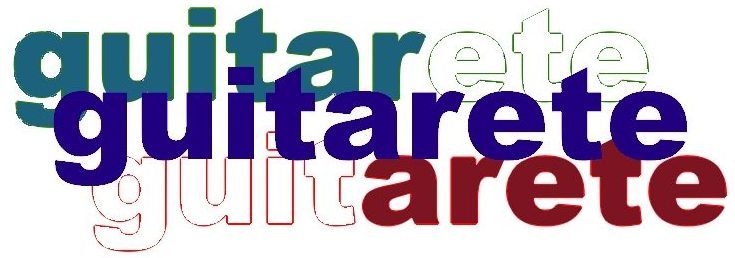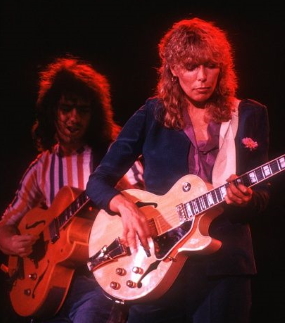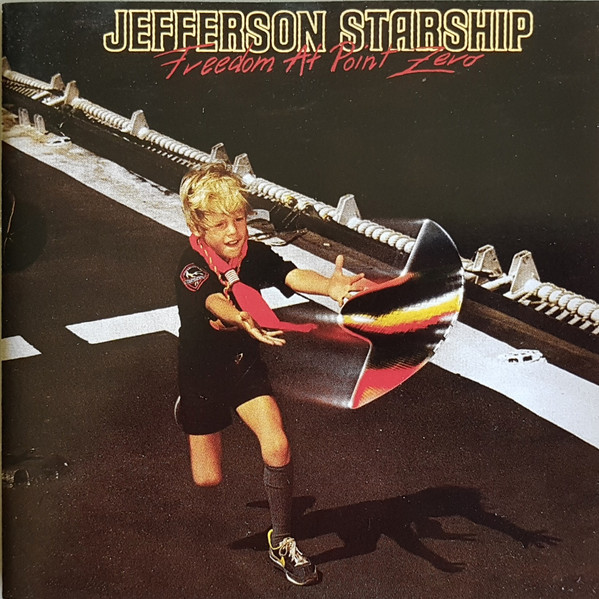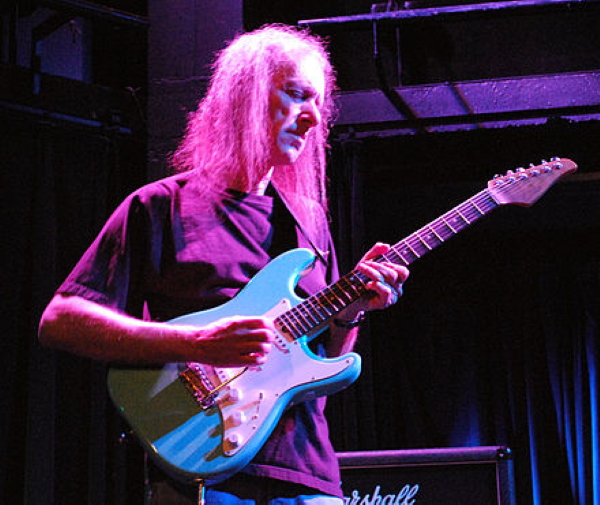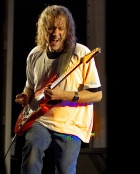Are you lost on a howling, desolate, icy tundra, not knowing where you are, or even if you’re near anywhere, knowing only that you’re about to face an implacable enemy in high-tech, mortal combat? No? Good. Maybe you’re on space craft, and something’s gone wrong, and you’re hurtling in slow-mo toward some kind of seething, black-hole abyss. No, not that, either? Good.
Good, because Blood Year, the new album by the devastatingly heavy instrumental trio Russian Circles, won’t be fully released until August 2. If you’re planning any of the above adventures—or, maybe, making a score for a movie or video-game that dramatizes such scenarios—wait until early August, because, if the pre-release tracks from Blood Year are any indication, Blood Year is the soundtrack you need. It is such a buzzkill when your dark, cinematic adventures have the wrong music.
